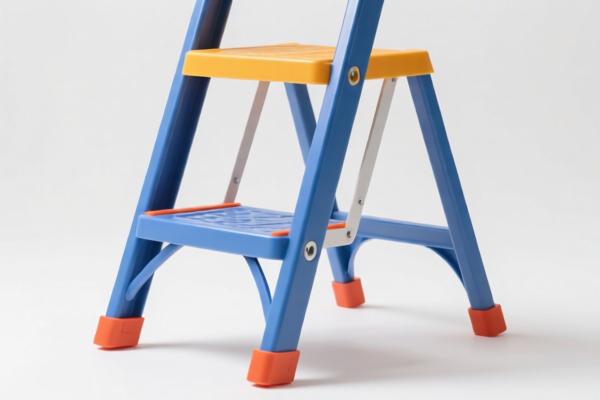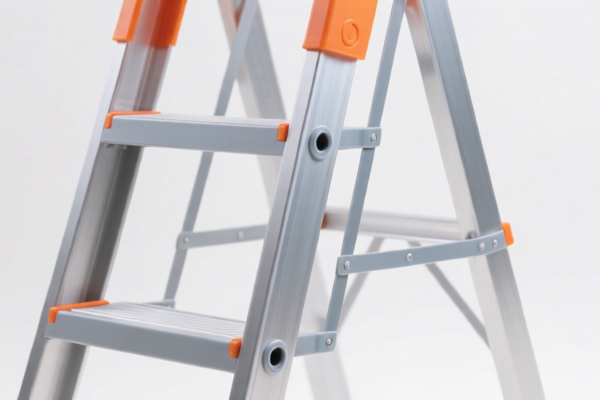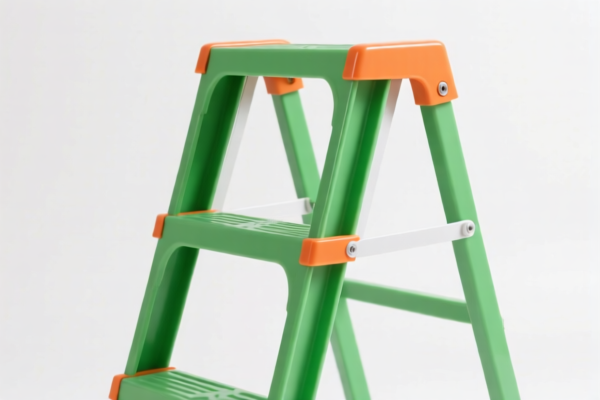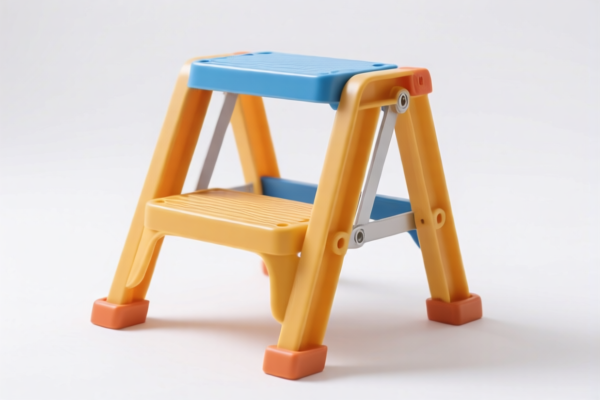| HS Code | Official Doc | Tariff Rate | Origin | Destination | Effective Date |
|---|---|---|---|---|---|
| 4823901000 | Doc | 55.0% | CN | US | 2025-05-12 |
| 9703900000 | Doc | 37.5% | CN | US | 2025-05-12 |
| 9703100000 | Doc | 37.5% | CN | US | 2025-05-12 |




Billboard
A billboard is a large outdoor advertising structure, typically featuring prominently displayed advertisements. They are designed to capture the attention of passing traffic, primarily motorists and pedestrians.
Material
Historically, billboards were constructed using wood and painted canvas. Modern billboards utilize a variety of materials, including:
- Metal: Steel and aluminum are common framing materials, providing structural support.
- Vinyl: Durable, weather-resistant vinyl is the most prevalent material for the advertising face itself, often printed with high-resolution graphics.
- Fabric: Used for some larger format displays, offering flexibility and wind resistance.
- Digital Displays (LED): Increasingly common, these utilize arrays of light-emitting diodes to display rotating advertisements and even short video content.
Purpose
The primary purpose of a billboard is advertising. They are used to:
- Brand Awareness: Increase recognition of a company or product.
- Product Promotion: Highlight specific products, services, or sales.
- Directional Advertising: Provide location information or directions to a business.
- Public Service Announcements: Convey important messages or information to the public.
Function
Billboards function by leveraging high visibility and repetition.
- Strategic Placement: Locations are chosen based on traffic volume, demographics, and visibility.
- Concise Messaging: Advertisements are designed with minimal text and impactful imagery, as viewers have limited time to process the information.
- Large Format: The substantial size ensures the advertisement is easily noticeable from a distance.
- Illumination: Many billboards are illuminated for 24/7 visibility.
Usage Scenarios
- Highways & Freeways: Targeting long-distance travelers.
- Urban Areas: Reaching a dense population of commuters and pedestrians.
- Near Points of Sale: Promoting businesses directly to potential customers.
- Event Promotion: Advertising concerts, festivals, or other events.
- Tourism: Promoting destinations and attractions.
Common Types
- Static Billboards: Traditional billboards featuring a fixed advertisement. These are the most cost-effective option.
- Rotating Billboards: Feature multiple advertisements that change at regular intervals.
- Digital Billboards (DOOH - Digital Out-of-Home): Utilize LED screens to display dynamic content, including video, animations, and time-sensitive promotions. These allow for greater flexibility and the ability to target specific audiences.
- Bulletins: The largest, most common type of billboard, typically 48 sheets (approximately 14 x 48 feet).
- Posters: Smaller format billboards, typically 24 sheets (approximately 12 x 24 feet).
- Mobile Billboards: Trucks equipped with large advertising displays, offering location flexibility.
Based on the provided information, classifying a billboard requires considering its construction material. The reference data suggests potential classifications based on paper pulp or papier-mâché.
Here are the relevant HS codes found within the provided reference material:
- 4823.90.20.00: This HS code falls under Chapter 48, which covers “Paperboard, cellulose wadding and webs of cellulose fibers.” Specifically, it covers “Other paper, paperboard, cellulose wadding and webs of cellulose fibers, cut to size or shape; other articles of paper pulp, paper, paperboard, cellulose wadding or webs of cellulose fibers: Other: Of paper pulp.” The reference suggests this could apply if the billboard is constructed from paper pulp. The current basic tariff is 0.0%, with an additional tariff of 25.0% which will increase to 30.0% after April 2, 2025, resulting in a total tariff of 55.0%.
- 4823.90.10.00: This HS code also falls under Chapter 48, covering “Other paper, paperboard, cellulose wadding and webs of cellulose fibers, cut to size or shape; other articles of paper pulp, paper, paperboard, cellulose wadding or webs of cellulose fibers: Other: Of papier-mâché.” This classification is suggested as a possibility if the billboard is constructed from papier-mâché. The current basic tariff is 0.0%, with an additional tariff of 25.0% which will increase to 30.0% after April 2, 2025, resulting in a total tariff of 55.0%.
- 9703.90.00.00: This HS code falls under Chapter 97, which covers “Original sculptures and statuary, in any material: Other.” This could be considered if the billboard is considered an artistic sculpture. The current basic tariff is 0.0%, with an additional tariff of 7.5% which will increase to 30.0% after April 2, 2025, resulting in a total tariff of 37.5%.
According to the provided reference material, the HS code options related to 'billboard' are limited, with only the following 3 found.
It is important to note that the classification of a billboard as an original sculpture (9703.90.00.00) would depend on whether it meets the criteria for being considered an artistic work. If the billboard is primarily a functional advertising structure, the classifications under Chapter 48 (4823.90.10.00 or 4823.90.20.00) would be more appropriate, depending on the material used.
Customer Reviews
No reviews yet.